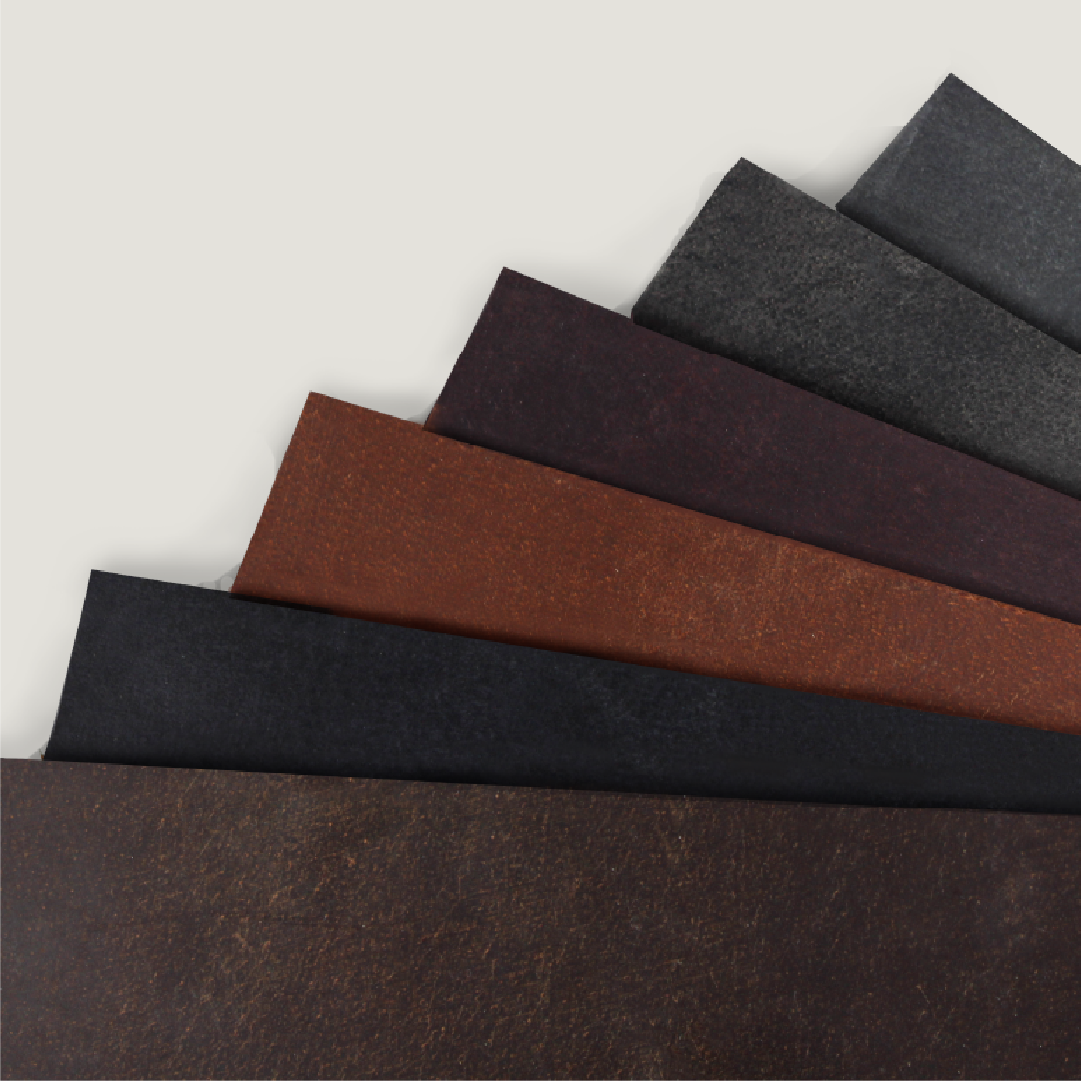
Sustainable Leather: Myths, Facts, and Future Trends
Share
In recent years, the leather industry has found itself under scrutiny in the face of rising environmental concerns. With sustainability taking center stage across industries, leather—a material known for its durability and timeless appeal—is often caught in the debate between eco-conscious consumers and traditional practices. This blog unpacks the myths and facts surrounding sustainable leather and explores the future trends shaping its trajectory.
Myth 1: Leather is Inherently Unsustainable
A common misconception is that all leather is harmful to the environment. While conventional leather production can have a significant ecological footprint due to chemical tanning processes and waste generation, not all leather is created equally. Sustainable leather practices, such as vegetable tanning and sourcing hides from byproducts of the meat industry, reduce environmental impact and promote resource efficiency.
Myth 2: Synthetic Alternatives Are More Eco-Friendly
Synthetic leather (often marketed as “vegan leather”) is frequently touted as the sustainable alternative. However, many synthetic materials, such as PVC and polyurethane, are petroleum-based, contributing to plastic pollution and long-term environmental degradation. Authentic leather, when produced sustainably, is biodegradable and often lasts much longer than its synthetic counterparts, reducing the need for frequent replacements.
Fact: Ethical Sourcing is Key
One of the pillars of sustainable leather production is ethical sourcing. Utilizing hides from animals already processed for food reduces waste and ensures that the material is a byproduct rather than the primary reason for animal farming. This approach aligns with circular economy principles, making leather a more sustainable choice.
Fact: Innovations Are Driving Sustainability
The leather industry is embracing technological advancements to enhance sustainability. Innovations like bio-fabricated leather, made from collagen proteins grown in labs, offer a cruelty-free and environmentally friendly alternative. Similarly, closed-loop water systems and eco-friendly dyes are reducing the environmental footprint of traditional leather tanning processes.
Future Trends in Sustainable Leather
1. Eco-Friendly Tanning Methods: Vegetable tanning, which uses plant-based tannins, is gaining traction for its reduced environmental impact compared to chemical tanning.
2. Bioengineered Leather: Lab-grown leather, which mimics the texture and durability of traditional leather without involving animals, is set to revolutionize the industry.
3. Transparency in Supply Chains: Brands are increasingly adopting blockchain technology to ensure traceability and transparency in leather sourcing and production.
4. Minimal Waste Practices: Advances in cutting and stitching techniques are minimizing material waste, ensuring that every piece of leather is utilized effectively.
5. Consumer Awareness: As consumers become more informed about sustainability, brands are focusing on educating buyers about the environmental benefits of responsibly sourced leather.
Embracing Sustainable Leather
For businesses and consumers alike, understanding the nuances of sustainable leather is essential to making informed choices. By supporting brands and practices that prioritize ethical sourcing, eco-friendly processes, and innovative solutions, we can enjoy the timeless charm of leather while contributing to a sustainable future.
Explore our curated collection of sustainable leather products at Your Shopify Store Name, where timeless craftsmanship meets eco-conscious practices. Together, let’s redefine the future of leather for a better planet.